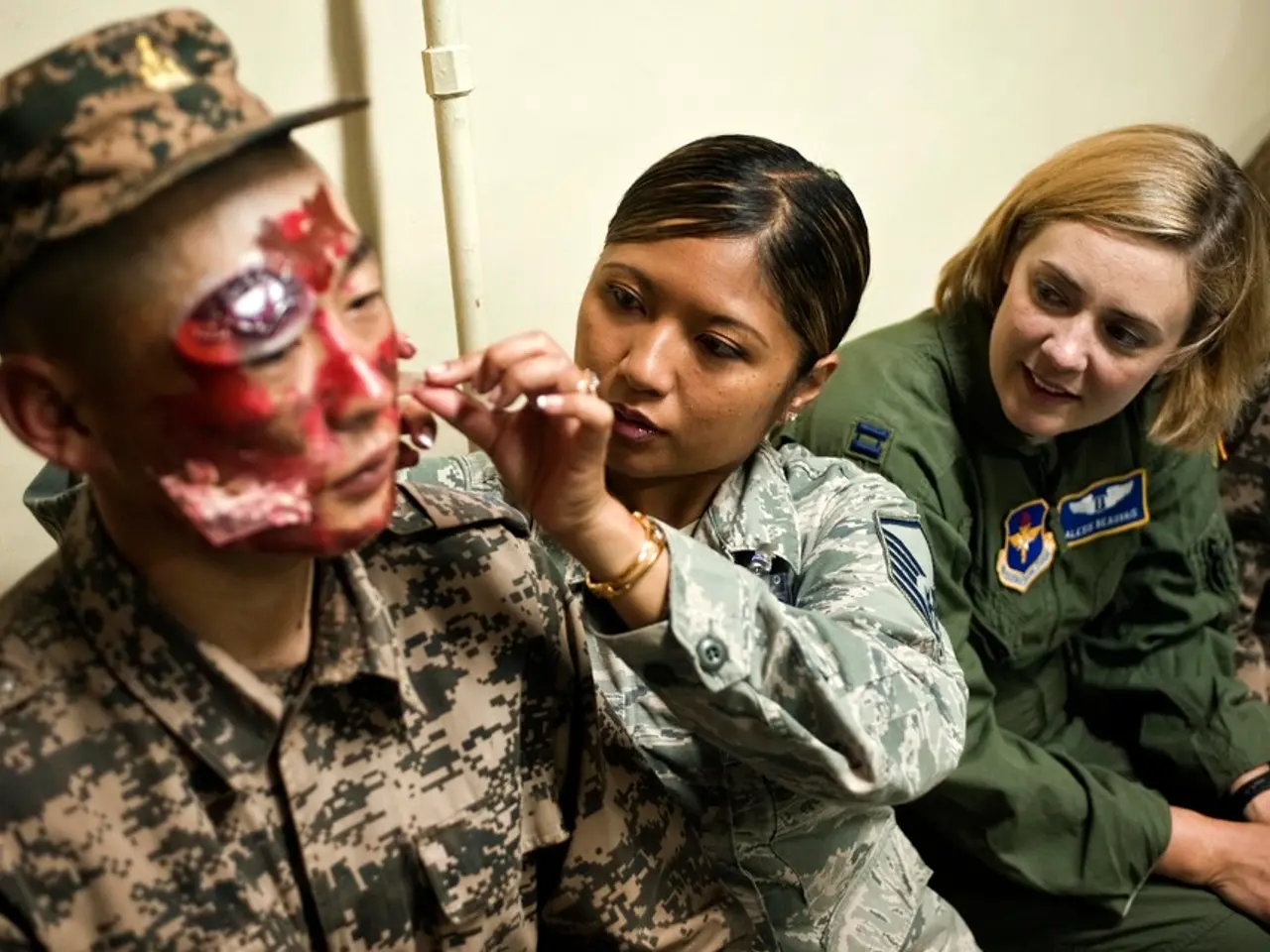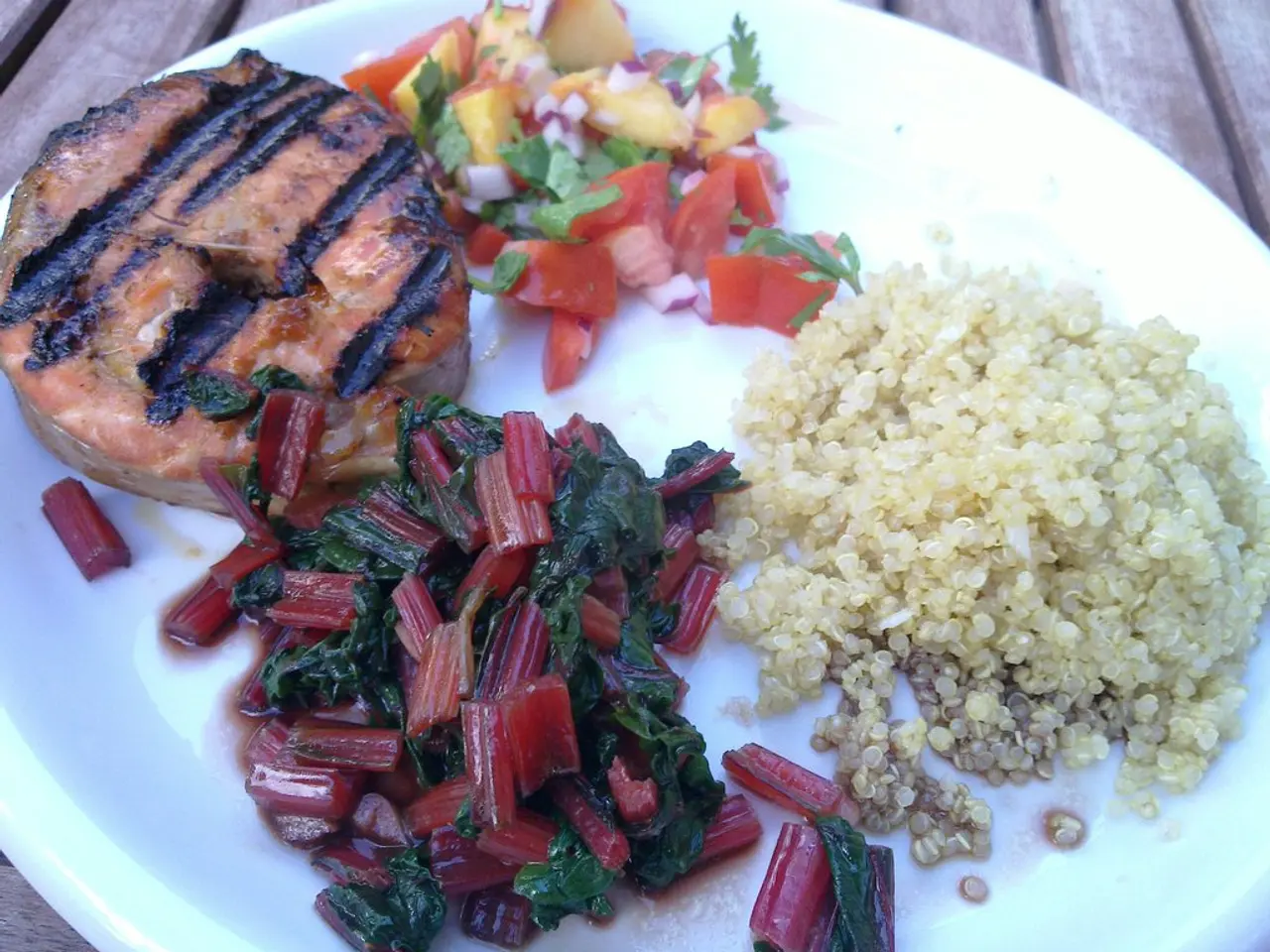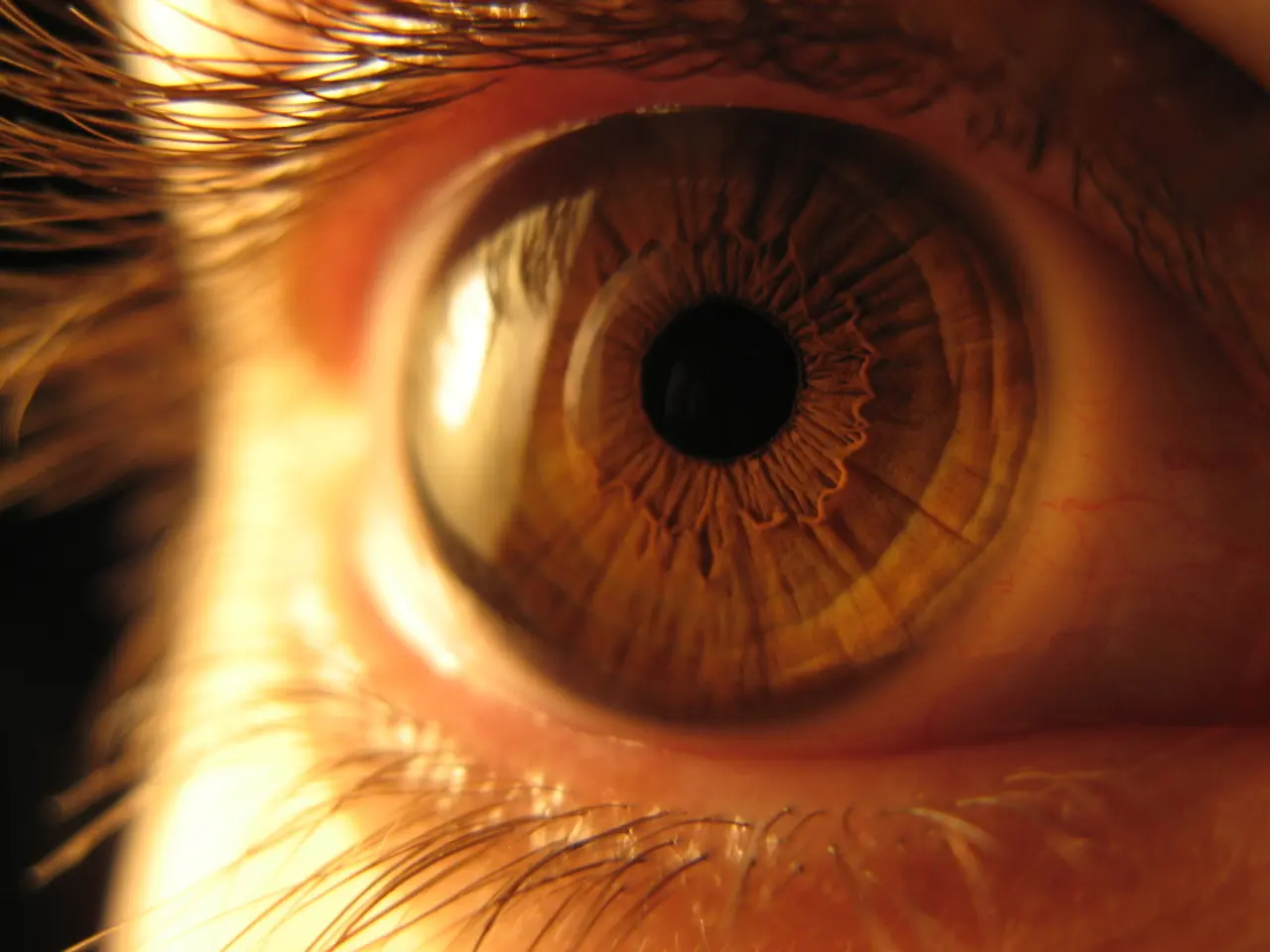Face Blood Vessels Breakage: Causes, Medical Treatments, and Homemade Solutions
In the world of cosmetic dermatology, spider veins on the face can be a source of concern for many individuals. These enlarged capillaries, which often appear as a web of red or blue lines beneath the skin, are usually harmless but can be unsightly. Fortunately, there are several effective treatments available to help diminish their appearance.
Laser therapy and sclerotherapy have emerged as the most reliable methods for treating spider veins on the face. Laser treatments, such as Vbeam, IPL, and Excel V Laser, target and destroy visible blood vessels by coagulating them, causing the veins to shrink and fade over time. This non-invasive procedure is similar to a rubber band snap and requires little downtime, making it a popular choice for patients who prefer needle-free treatment. Laser therapy works best for small to medium-sized spider veins, usually requiring multiple sessions spaced three months apart. However, it may not be ideal for people with deeper skin tones, as it targets pigment and could potentially damage surrounding skin.
Sclerotherapy, on the other hand, involves injecting a solution (often a foam) into the veins, causing them to collapse and be reabsorbed by the body. This minimally invasive procedure is highly effective, especially for larger facial veins that don’t respond well to lasers. While it involves some minor discomfort during injection, the results improve over time, and multiple treatments may be needed. Sclerotherapy is considered the gold standard for larger veins and is sometimes recommended before laser treatment to reduce the number of veins needing laser treatment.
A newer FDA-cleared treatment, VeinGogh thermocoagulation, offers a new option for very fine veins. This procedure uses high-frequency energy bursts to close very small or difficult-to-inject veins and is safe for all skin types, including tanned skin, with no anesthesia and minimal downtime.
In contrast, home remedies serve only as supportive measures to prevent worsening but do not provide removal or significant improvement of existing spider veins. Lifestyle adjustments like avoiding standing still for long periods, maintaining a healthy weight, exercising, and wearing sunscreen can help prevent spider veins from worsening, but they lack the ability to significantly diminish visible veins compared to medical treatments.
In a comparison of medical treatments and home remedies, medical treatments clearly outshine home remedies in terms of effectiveness, invasiveness, downtime, and number of sessions. However, the suitability of each treatment depends on vein size, skin type, and location, and the cost can be a factor, as medical treatments can be costly depending on the number of treatments required.
In conclusion, laser treatments and sclerotherapy remain the most effective and reliable methods for removing spider veins on the face, with laser preferred for smaller veins and sclerotherapy for larger ones. VeinGogh thermocoagulation offers a new option for very fine veins. Home remedies serve only as supportive measures to prevent worsening but do not provide removal or significant improvement of existing spider veins.
- For people suffering from the unsightly appearance of spider veins on their face, the world of cosmetic dermatology offers several predictive science-based medical-conditions treatments.
- Laser therapy, such as Vbeam, IPL, and Excel V Laser, is a popular, non-invasive option that targets and destroys visible blood vessels by coagulating them, making it a good choice for small to medium-sized spider veins.
- Sclerotherapy, involving the injection of a solution into the veins, is highly effective for larger facial veins, especially those that don't respond well to lasers.
- A newer FDA-cleared treatment, VeinGogh thermocoagulation, offers a safe and minimally invasive option for very fine veins, working well for all skin types, including tanned skin.
- While home remedies like avoiding standing still for long periods, maintaining a healthy weight, exercising, and wearing sunscreen can help prevent the degeneration of spider veins, they lack the ability to significantly diminish visible veins.
- Aq (age-related conditions) such as varicose veins and spider veins can be predictive of certain health-and-wellness issues, making it essential to seek medical advice for the best skin-care regimens.
- In the realm of medical-conditions treatments, atopic dermatitis, macular degeneration, and psoriasis, among others, might not be directly linked to spider veins, but they underscore the importance of addressing skin concerns early and appropriately.
- When considering which medical-conditions treatment is best for troublesome spider veins, factors like vein size, skin type, and location, as well as cost, should be taken into account, with laser treatment preferred for smaller veins and sclerotherapy for larger ones; VeinGogh thermocoagulation serves as a useful alternative for very fine veins.




